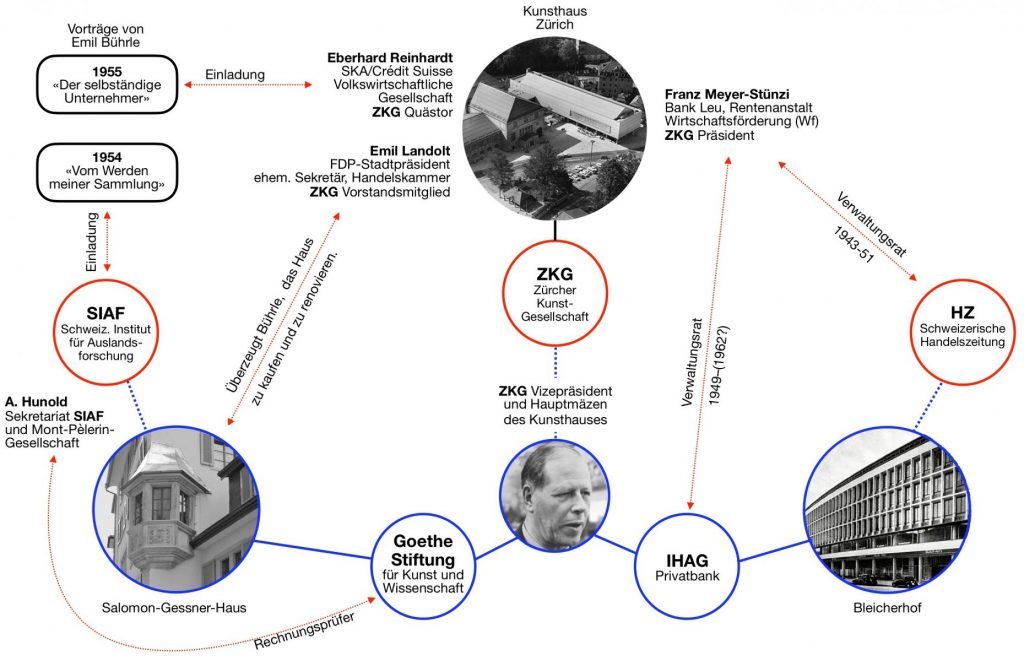Our colleague Matthieu Leimgruber, project leader in the SINERGIA team at the University of Zurich, has released a pathbreaking biography of Emil Bührle (1890-1956), a prominent – and controversial – «Armament King» and art collector from Zurich (see press coverage and research context here). This study follows the transformations of Bührle’s arms firm into one of the largest industrial conglomerates of its time, the reach of his social, political and cultural networks into the Zurich and Swiss elite, as well as the constitution of his world-class art collection. It provides a multi-faceted contextualization of a truly uncommon and meteoric rise all the way up the Swiss social ladder. It also widens the focus of previous studies on Bührle, which tend to focus solely on his arms exports towards Nazi Germany during World War II, as well as on his shady deals on the wartime art market. Beyond controversies about looted art and war profiteering, this study thus brings new insights on the connections of industrial, banking, political and cultural networks around the Kunsthaus Zürich, of which Bührle was the main benefactor from 1940 to his death in 1956. As a significant part of Emil Bührle’s art collection will soon enter from 2021 onwards into the Kunsthaus Zurich and propel this museum among the leading European institutions for impressionism, this new biography represents both a scholarly advance and a contribution to current public debates about the nexus between money, power and art.

Illustration: A glimpse in Emil Bührle’s Zurich connections around 1955